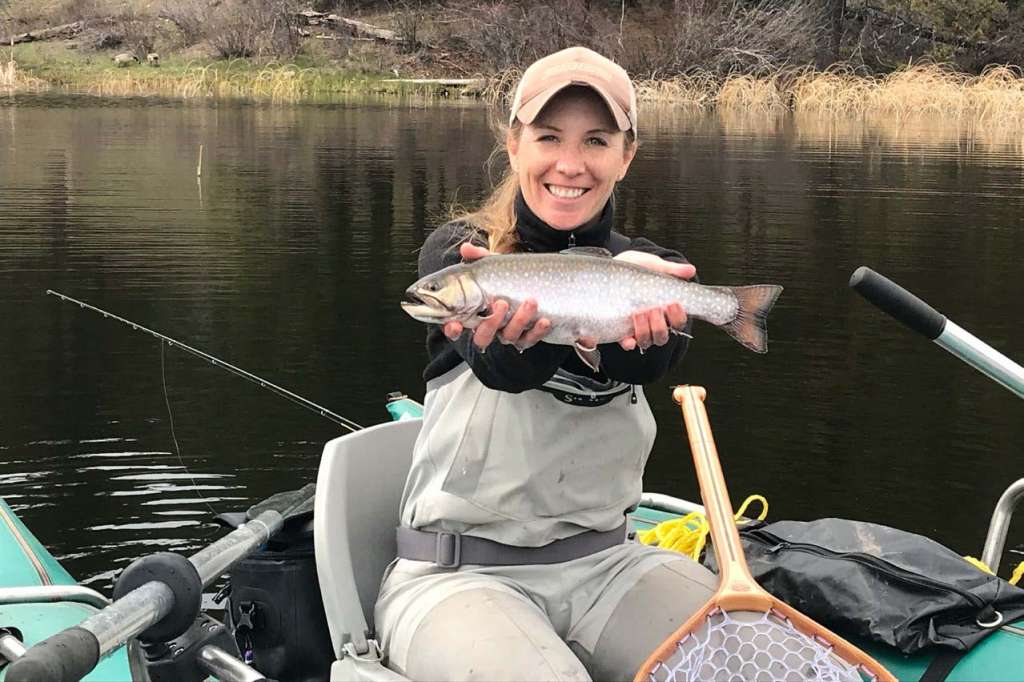British Columbia prides itself on being the home to a vast variety of native fish species that inhabit the plentiful waterways this province has to offer. Anglers have a seemingly unlimited selection at their fingertips through every season and every method possible. Despite a heavy incentive on maintaining and protecting B.C.’s diverse indigenous populations there are a few non-native fish species that have been introduced and are climbing the ranks within the sport fishing community. There has been pushback against aggressive, illegally introduced, invasive species that threaten important stocks such as salmon and steelhead but one black-jawed, football shaped specimen has demonstrated that controlled management can provide fun recreational options in B.C.
A number of lakes in the southern interior as well as the Cariboo region have excellent options for brook char fisheries. Stocking consists of all female triploid fish, with some rare exceptions, that range in size from fingerlings at three to seven grams and yearlings averaging eight to nine grams. Because brook char are prone to hybridization with other species they are sterile or ‘triploid’ to avoid mixing with native populations. Although size averages range from one to three pounds, fish in excess of five pounds are lingering in the depths of some lakes. Brook char are aggressive feeders and are not fussy when it comes to a meal. They can be targeted during any month and are a favorite among many ice anglers. Adult brookies will consume everything from other fish to surface bugs making them a dream for both fly and conventional gear types.
Fly fishing for brook char can be an endless amount of fun as these hard-hitting predators can have a reel screaming in no time. Typical five or six weight trout setups are ideal, and anglers should have both floating as well as sinking lines ready. Brook char will take chironomids under a strike indicator however active presentations such as stripping leeches, streamers, or nymphs is extremely effective. Positioning oneself near a weed bed or drop off allows for a variety of tactics. Casting a floating line into the reeds with a subsurface presentation such as a nymph, small leech, or boatman during the morning or evening can entice fish waiting for an easy meal. Trolling or casting a faster sinking line with a larger leech or streamer pattern along a sharp drop off will draw cruising fish throughout the day. Fishing water boatmen on or just below the surface during the fall months can be a feeding frenzy that anglers do not want to miss. It is important to change up stripping or trolling speeds and determine what is working on that particular day, on that specific lake as conditions change regularly.
Although anglers are grateful for the cornucopia of fishing pursuits here in our western most province, having the privilege to target a well-established exotic species is a luxury we should take advantage of. Brook char are a fun, hearty, and aggressive fish that have found their place among other local favorites such as trout or salmon. If you have yet had the chance to pursue this species I would highly recommend making a point to hook up with one! Brook char lakes are littered throughout B.C. and weekend adventures or single day trips are easily planned. The Freshwater Fisheries Society of B.C. lists all their stocking histories so determining which lakes house these beautiful little chars can be done with relative ease. As the spring season approaches and ice off begins, I suggest putting brook char on your list as you will not be disappointed!
By Gillian Steele

